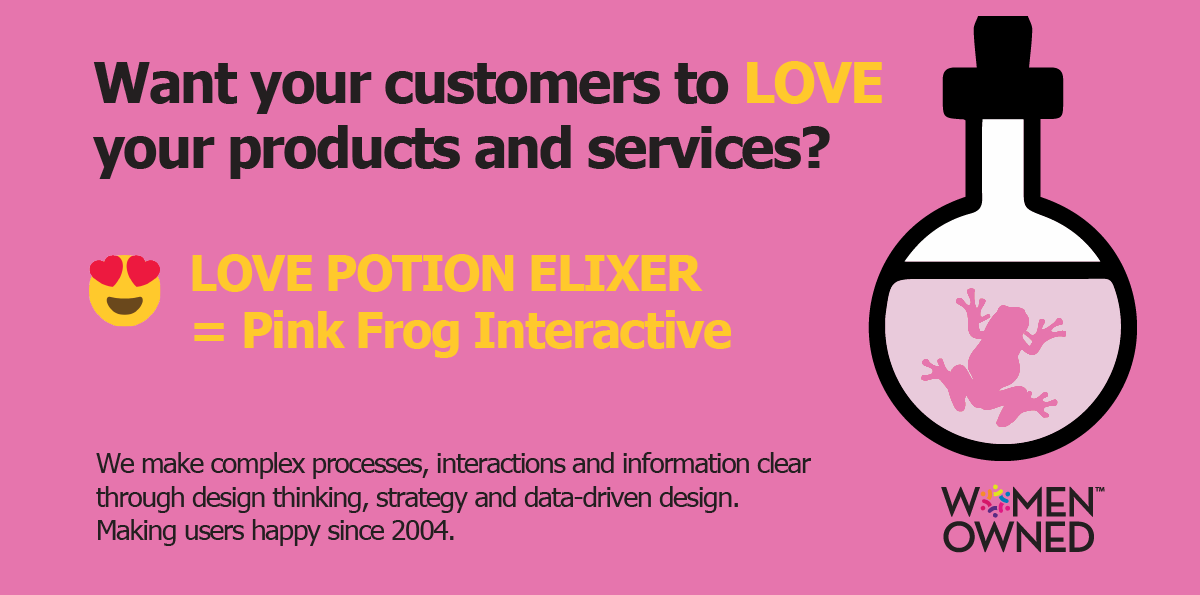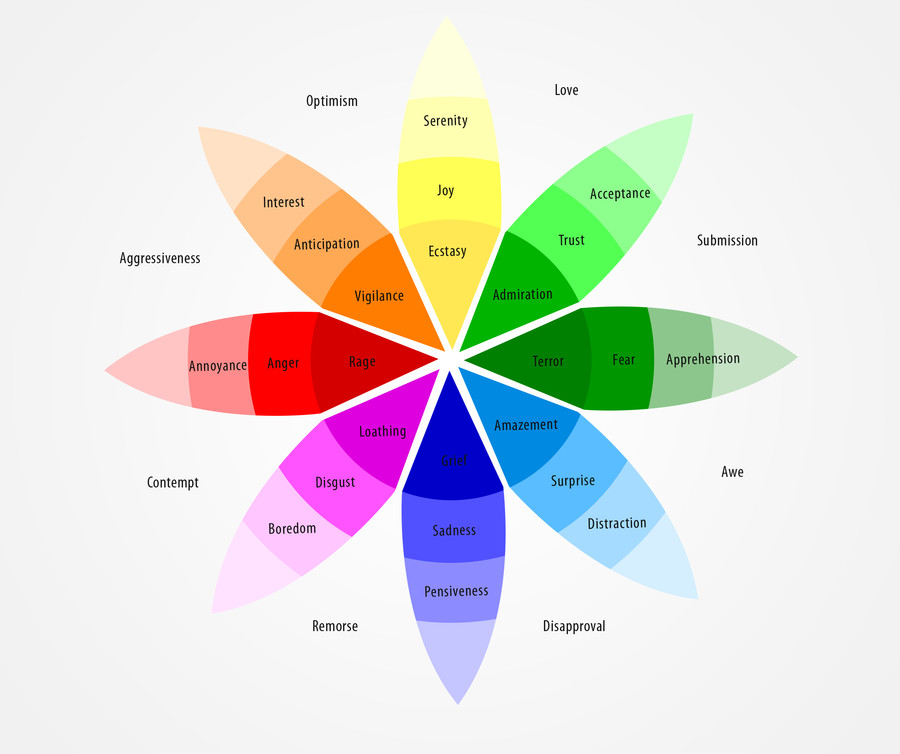What is FAPE?
FAPE (Free Appropriate Public Education) is the educational right of all children in the United States to receive an education that is free and appropriate. Federal law requires school districts to provide FAPE, meaning that the school must provide a free and appropriate education to children regardless of their disabilities or special needs.
The term “appropriate” is ambiguous and is constantly being redefined by the courts and legal precedents. A 2017 Supreme Court ruling stated that for schools to claim they are providing FAPE, the students must receive meaningful benefit from education. The Supreme Court determined that, “[t]o meet its substantive obligation under the IDEA (Individuals with Disabilities Education Act), a school must offer an IEP (individualized education program) that is reasonably calculated to enable a child to make progress appropriate in light of the child’s circumstances.” The Court additionally emphasized the requirement that “every child should have the chance to meet challenging objectives.”
FAPE is defined by meeting specific criteria under 504 (Section 504 is a part of the Rehabilitation Act of 1973 that prohibits discrimination based upon disability. It is an anti-discrimination, civil rights statute.) and IDEA. Section 504 provides that: “No otherwise qualified individual with a disability in the United States . . . shall, solely by reason of her or his disability, be excluded from the participation in, be denied the benefits of, or be subjected to discrimination under any program or activity receiving Federal financial assistance . . .” It states that the school must meet the needs of students with disabilities as adequately as it meets the needs of their non-disabled peers.
All children deserve to have a meaningful education that is challenging, safe and inclusive.
The Challenges in Achieving FAPE
Currently, public education services for special needs students are highly complex, often with limited or no transparency or accountability. Parents of public school students with special needs (children who are gifted, medically disabled, allergic, diabetic, or epileptic, etc.) must seek and understand complicated, ambiguous, and evolving information about their children’s educational rights. They are required to learn a lot of complex information quickly so that they can to advocate for their children. The stakes are high and timing is often critical. There are multiple stakeholders at many levels. For medical needs such as food allergies, the parents should understand Section 504 and ADA (American with Disabilities Act) laws, recent cases, and school district policies.
Each special need requires a legal document–such as a 504, IEP or GIEP–each with their own set of rules and guidelines that differ per state. There are state policies, federal policies, and school policies. Each document has different rules that are overseen by different government departments. Each document is a legal contract with varying degrees of enforcement.
How Can Service Design Help to Achieve FAPE?
What is Service Design?
Service design is design thinking. Wikipedia defines service design as the activity of planning and organizing people, infrastructure, communication and material components of a service in order to improve its quality and the interaction between the service provider and its customers. Service design may function as a way to inform changes to an existing service or create a new service entirely.” In short, service design is planning and developing how all facets of a service work together to meet customer needs successfully. This includes every interaction customers have with the service and all touchpoints along their journey.
How Can Service Design Help?
The tasks that are completed during service design, such as ecosystem mapping, stakeholder interviews, and customer journey mapping would allow a holistic view of the students’ and parents experience with education services. Service design is customer-centered. By understanding the end customer (the students and parents), we can better understand how to build a service that meets their unique needs and how to improve the current method of delivery.
Understanding Customers’ Emotions in Service Design is Critical
The strong emotions that parents with special needs children experience make interaction more difficult. The services that the children receive could determine the children’s future and could even mean the difference between life and death. Parents often cannot take the time to follow the recommended procedures or to seek due process should they disagree with the school district.
Many parents of children with special needs live with chronic anxiety. Research has shown that parents of special needs children experience stress similar to that of soldiers in combat. Stress impairs memory and decision-making. People experience tunnel vision in high-stress situations and cannot focus on the larger picture.
Information overload leads to mental fatigue, a reduced ability to accurately process new inputs, and negative affective responses. Parents and schools need to trust one another especially when children have life-threatening medical needs. Parenting special needs children requires more time and advocating, leaving parents with little time to research.
Parents need tools to help with negotiation, conflict management, and emotion management. Research shows that memory is distorted with high arousal levels and negative valence (fear, anxiety, stress, frustration). Each repeated strike of emotion causes the perceived intensity to increase.
Mapping the Ecosystem
Mapping the ecosystem uncovers the dynamics of how an entity delivers its services and customer experience. Ecosystem mapping gives a greater understanding of the interdependencies and previously hidden processes, procedures, and root causes of problems. It allows for better communication across silos.
In service design, stakeholders, the customer journey, touch points on that journey such as interactions online and offline, and each interaction are examined. Each touch point is then designed to be intuitive, clear and easy to navigate. The process is redesigned as needed and the pain points and best practices are noted.
Giving Parents the View That They Need
A school cannot provide FAPE unless parents have a transparent view of the information, processes, and timelines involved in providing services and unless the school is accountable for implementation. Service design allows for transparency into the process. Design thinking and strategy allow for rethinking how we provide education by focusing on the unique needs of the customers.
What Can We Do?
Pink Frog Interactive is a boutique design agency that provides service design for public services. We make complex processes and information clear. We’d like to capture the process of working with schools to obtain IEPs, GIEPs and 504 plans through crowdsourcing. Crowdsourcing is the leveraging of knowledge to achieve objectives–children’s safety, inclusion and FAPE.



